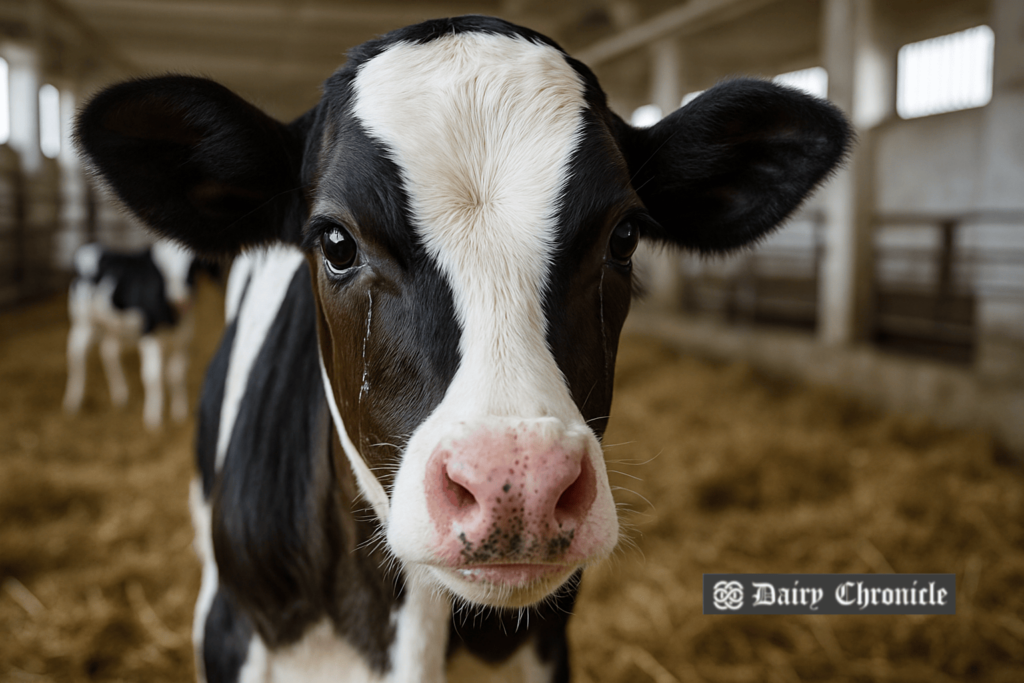Veterinarians in the United States emphasize that tears in calves are a vital sign of health, acting as a natural barrier against disease. Dr. Taylor Engle of Four Star Veterinary Service in Ohio explains the critical role of hydration in calf immunity, particularly as transportation of young calves becomes more common. Dehydration reduces vaccine efficacy and overall growth, but prompt use of electrolytes and IV fluids can restore health without over-reliance on medications.
In a surprising insight that challenges common assumptions, veterinarians in Ohio are highlighting that tears in calves are actually a positive sign—an indication of natural immunity rather than a symptom of illness. According to Dr. Taylor Engle of Four Star Veterinary Service, a prominent animal healthcare provider based in Chickasaw, Ohio, these “reflex tears” are crucial for protecting young calves from diseases.
Speaking at the 2024 Dairy Calf and Heifer Association Annual Conference, Dr. Engle explained that these tears, alongside mucus, form a protective barrier that calves are born with. “When calves are well-hydrated, their tear production helps shield them from invasive pathogens. It’s when dehydration sets in that their immunity is compromised,” he noted.
Dehydration, often associated with missed feedings or digestive issues like scours, disrupts a calf’s immune response. It can reduce vaccine effectiveness, limit antibiotic absorption due to low blood volume, and hinder weight gain. Dr. Engle emphasized that the increasing practice of transporting very young calves across the country further exacerbates this problem.
To address this, Dr. Engle recommends pre- and post-transport electrolyte therapy and encourages farms to train caretakers in administering intravenous fluids. “If caught early, rehydrating a calf may be all that’s needed to support recovery—no heavy medications required,” he added.
As the dairy industry prepares for a future with more restricted medication access, maintaining calf hydration is emerging as a cornerstone of effective livestock management.
